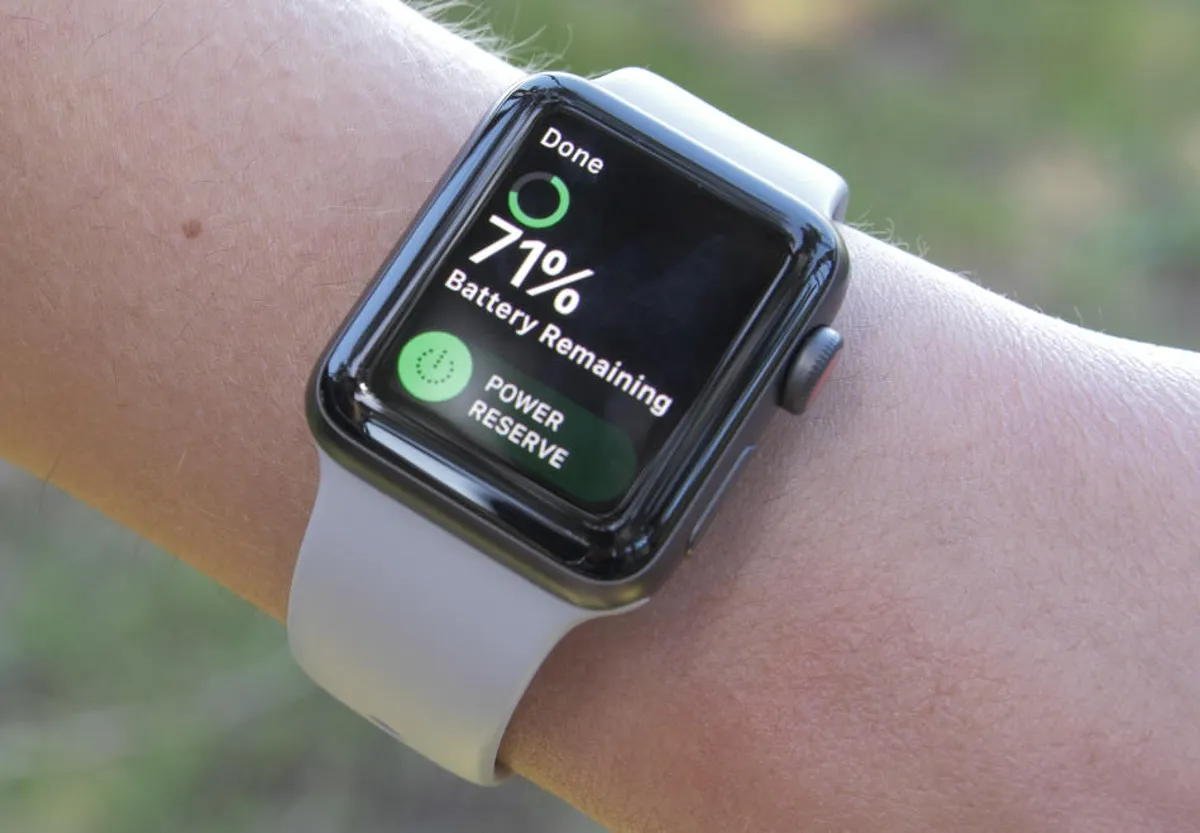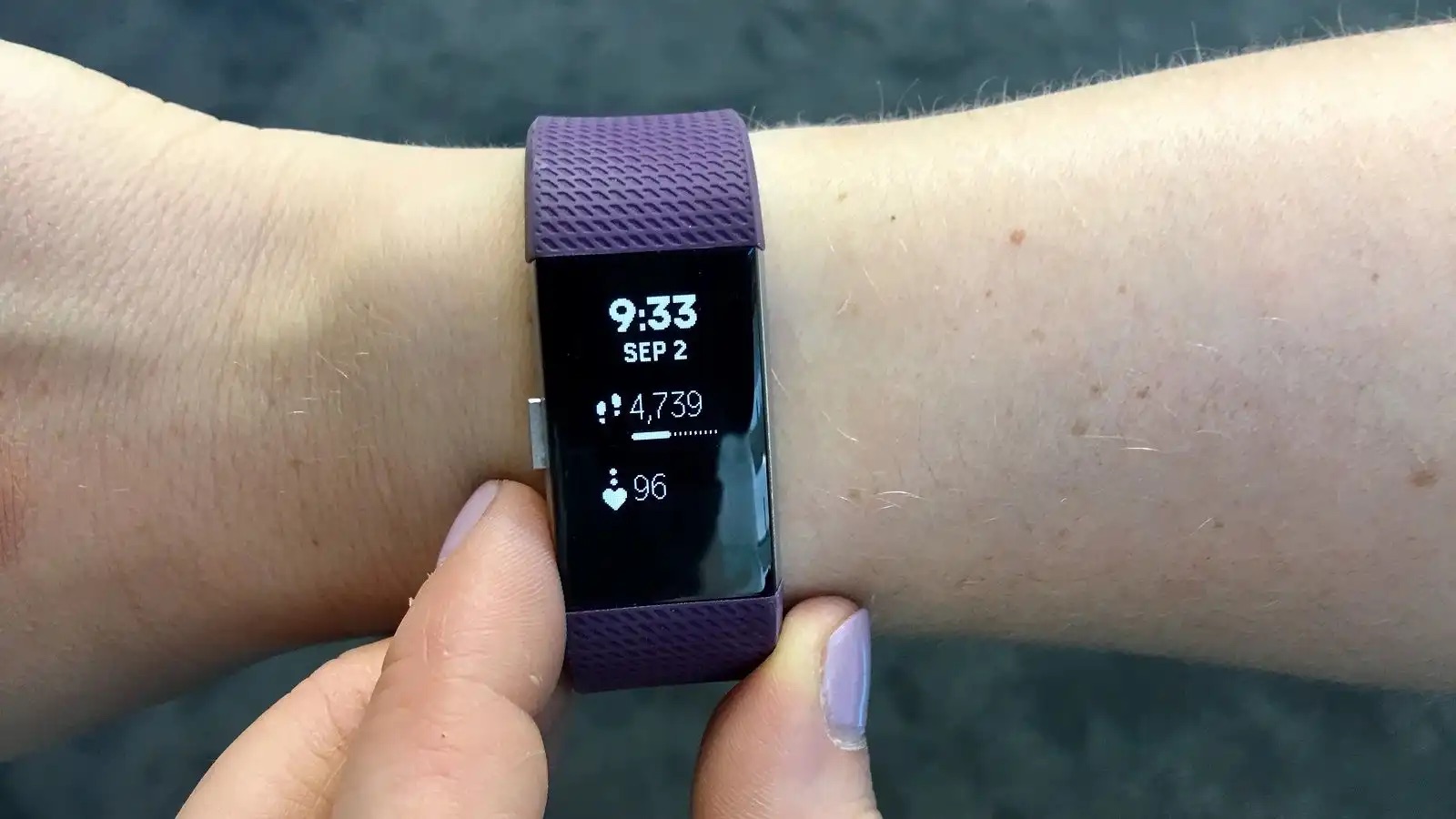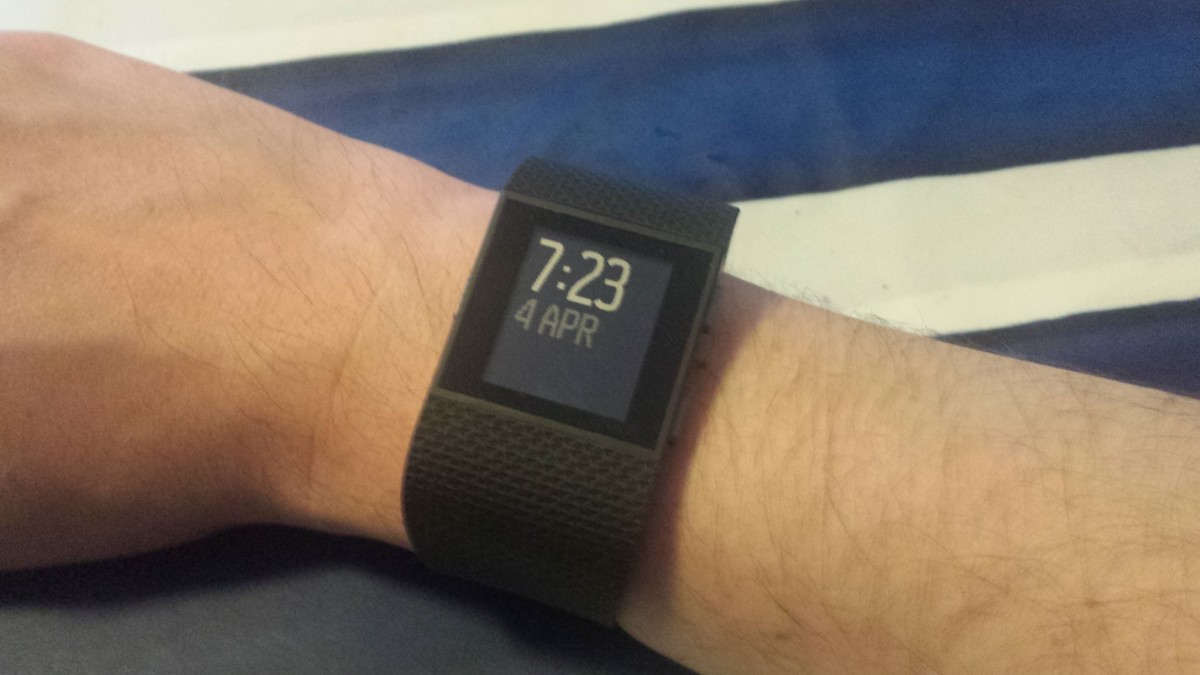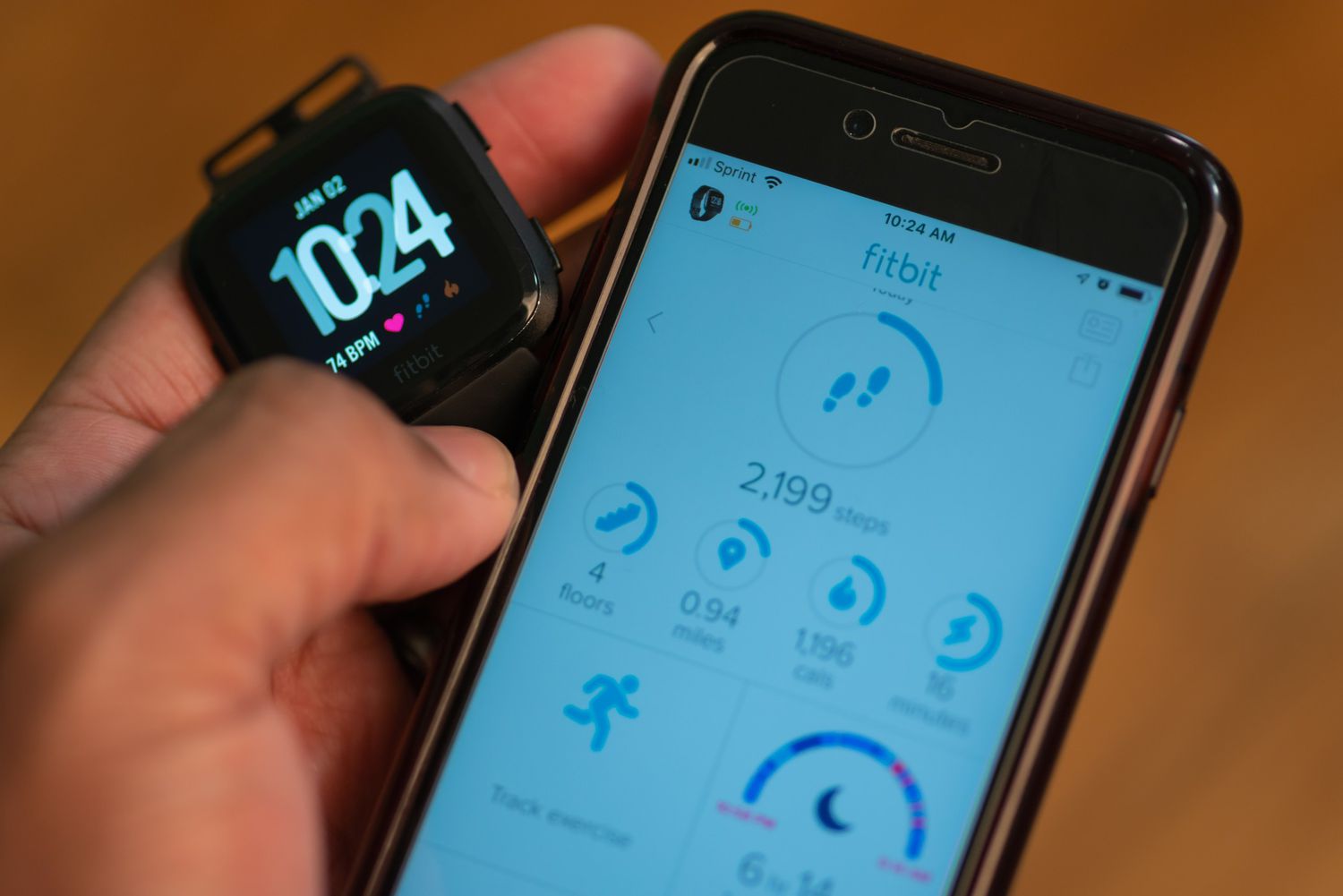Introduction
When it comes to fitness tracking, wearable devices have revolutionized the way we monitor our physical activity. Fitbit, a leading brand in the wearable tech industry, offers a range of devices that provide users with valuable insights into their daily movements, including the number of floors climbed. Understanding how Fitbit calculates and tracks floors is essential for users who rely on this data to monitor their activity levels and set fitness goals.
In this article, we will delve into the intricacies of Fitbit's floor counting logic, shedding light on the factors that influence the accuracy of floor count measurements. By gaining a deeper understanding of how Fitbit devices track floors, users can make informed decisions about their fitness routines and optimize the use of their wearable technology.
Join us as we explore the fascinating world of Fitbit's floor counting mechanism, uncovering the nuances that contribute to the precision of this feature. Whether you're a seasoned Fitbit user or considering investing in a fitness tracker, this exploration will equip you with the knowledge needed to maximize the benefits of floor tracking and elevate your fitness journey.
How Fitbit Tracks Floors
Fitbit employs a sophisticated altimeter to track floors climbed, utilizing advanced technology to provide users with accurate and insightful data. The altimeter functions as a specialized sensor that detects changes in elevation, enabling the device to discern when a user ascends or descends stairs or inclines. This pivotal component is pivotal in the accurate calculation of floors climbed, ensuring that users receive reliable feedback on their physical activity.
When a user ascends a flight of stairs or an incline, the altimeter detects the change in elevation and registers it as a floor climbed. This meticulous process accounts for even minor changes in height, guaranteeing precise floor count measurements. It is important to note that Fitbit devices may vary in their altimeter sensitivity and calibration, which can impact the accuracy of floor tracking. However, the fundamental principle remains consistent across Fitbit models, emphasizing the reliance on altitude differentials to determine floor climbs.
Moreover, Fitbit's algorithm incorporates a threshold for floor detection, distinguishing between genuine floor ascents and minor fluctuations in elevation. This intelligent feature prevents insignificant changes, such as walking up a small hill or stepping onto a curb, from being erroneously counted as floors climbed. By implementing this discerning threshold, Fitbit enhances the reliability of its floor tracking capabilities, ensuring that users receive meaningful and accurate data reflective of their physical exertion.
In addition to the altimeter's pivotal role, Fitbit devices harness data from their accelerometers to corroborate floor count measurements. These accelerometers detect movement and exertion, contributing to the overall assessment of a user's activity level. By integrating data from multiple sensors, Fitbit enhances the robustness of its floor tracking mechanism, further solidifying the accuracy and dependability of the insights provided to users.
Understanding the intricate fusion of altimeter technology and accelerometer data elucidates the comprehensive approach that Fitbit employs to track floors climbed. This multifaceted methodology underscores the brand's commitment to delivering precise and insightful fitness metrics, empowering users to monitor their physical activity with confidence and clarity.
Factors Affecting Floor Count Accuracy
Several factors can influence the accuracy of floor count measurements on Fitbit devices, impacting the reliability of the data provided to users. Understanding these variables is crucial for discerning the nuances of floor tracking and optimizing the precision of fitness metrics.
-
Altimeter Sensitivity and Calibration: The sensitivity and calibration of the altimeter in Fitbit devices play a pivotal role in determining the accuracy of floor count measurements. Variations in altimeter sensitivity across different models can result in discrepancies in floor tracking. Additionally, the calibration of the altimeter, which accounts for atmospheric pressure changes, can impact the device's ability to discern elevation alterations accurately.
-
Staircase Design and Structure: The design and structure of staircases can influence how Fitbit devices interpret and register floors climbed. Certain architectural features, such as open riser stairs or non-standard step heights, may pose challenges for accurate floor detection. Moreover, the presence of landings or half-flights can complicate the assessment of floor climbs, potentially affecting the precision of floor count measurements.
-
User Movement Patterns: Individual movement patterns and gait variations can impact the accuracy of floor tracking. Users with distinctive movement styles or those who engage in activities involving irregular elevation changes, such as hill walking or uneven terrain navigation, may experience discrepancies in floor count measurements. Fitbit's algorithms strive to discern deliberate stair ascents from other movements, but individual variations in movement can introduce complexities.
-
Altitude and Atmospheric Pressure: Fluctuations in altitude and atmospheric pressure can influence the altimeter's performance, subsequently affecting floor count accuracy. Users in regions characterized by significant altitude variations or atmospheric pressure changes may encounter discrepancies in floor tracking. Fitbit devices rely on precise altitude data to calculate floors climbed, making them susceptible to environmental influences.
-
Wearable Placement and User Behavior: The placement of the Fitbit device on the user's body and their physical behavior can impact floor count accuracy. Wearing the device loosely or tightly, as well as engaging in activities that involve arm movements or sudden accelerations, may introduce variability in floor tracking. Ensuring consistent and secure device placement can contribute to more reliable floor count measurements.
By acknowledging these factors, users can gain insights into the intricacies of floor count accuracy and make informed decisions to optimize the reliability of their Fitbit's floor tracking feature. Awareness of these variables empowers users to interpret floor count data effectively and leverage their fitness metrics for enhanced goal setting and performance tracking.
Tips for Improving Floor Count Accuracy
Ensuring the accuracy of floor count measurements on Fitbit devices is paramount for users striving to attain precise insights into their physical activity. By implementing certain strategies and adopting mindful practices, individuals can optimize the reliability of their Fitbit's floor tracking feature. Here are valuable tips for improving floor count accuracy:
-
Calibrate Your Fitbit Device: Calibrating your Fitbit device can enhance the accuracy of floor count measurements. By adjusting the altimeter settings and ensuring that atmospheric pressure variations are accounted for, users can align their device with their specific environment, thereby improving the precision of floor tracking.
-
Wear Your Fitbit Securely: Maintaining a secure and consistent placement of your Fitbit device on your wrist can contribute to more reliable floor count measurements. Ensuring that the device is snugly positioned and remains stable during physical activities minimizes the potential for erratic movement data, enhancing the accuracy of floor tracking.
-
Mind Your Movements: Being mindful of your movements, particularly when ascending or descending stairs, can positively impact floor count accuracy. Strive for deliberate and consistent movements when navigating elevation changes, allowing the altimeter to discern genuine floor climbs from incidental fluctuations in height.
-
Utilize Specific Exercise Modes: Leveraging Fitbit's specific exercise modes, such as the "Stair Climbing" mode, can refine the device's floor tracking capabilities. Activating these specialized modes provides the device with tailored parameters for detecting and measuring floor climbs, potentially improving the accuracy of floor count data during dedicated workouts.
-
Regularly Update Your Fitbit Software: Ensuring that your Fitbit device's software is up to date is essential for optimizing floor count accuracy. Software updates often include enhancements to sensor algorithms and performance optimizations, which can positively impact the precision of floor tracking.
-
Consider Environmental Factors: Being cognizant of environmental influences, such as altitude variations and atmospheric pressure changes, can aid in interpreting floor count measurements. Understanding how these factors may impact the altimeter's performance enables users to contextualize floor tracking data effectively.
By incorporating these tips into their fitness tracking routines, Fitbit users can elevate the accuracy of their floor count measurements, empowering them to make informed decisions about their physical activity and fitness goals. These proactive measures enable users to extract maximum value from their Fitbit devices, fostering a deeper understanding of their activity levels and enhancing their overall fitness experience.
Conclusion
In conclusion, understanding the intricacies of how Fitbit tracks floors is essential for users seeking to leverage their wearable devices as reliable fitness companions. The fusion of altimeter technology and accelerometer data forms the bedrock of Fitbit's floor counting logic, underpinning the brand's commitment to delivering accurate and insightful fitness metrics. By comprehending the factors that influence floor count accuracy, users can navigate the nuances of floor tracking with clarity and confidence, optimizing the reliability of their fitness data.
As users delve into the world of floor tracking on Fitbit devices, it becomes evident that the precision of floor count measurements is influenced by a myriad of factors, including altimeter sensitivity and calibration, staircase design, user movement patterns, altitude, atmospheric pressure, and wearable placement. Acknowledging these variables empowers users to interpret floor count data effectively and make informed decisions about their fitness routines.
Moreover, the tips provided for improving floor count accuracy serve as invaluable tools for users striving to extract maximum value from their Fitbit devices. From calibrating the device and wearing it securely to being mindful of movements and environmental factors, these proactive measures enable users to elevate the accuracy of their floor count measurements, fostering a deeper understanding of their activity levels and enhancing their overall fitness experience.
By gaining insights into the comprehensive approach that underpins Fitbit's floor counting mechanism, users can harness the power of their wearable technology to set and achieve fitness goals with precision and confidence. The marriage of advanced sensor technology and intelligent algorithms within Fitbit devices culminates in the delivery of meaningful and accurate fitness metrics, empowering users to embark on their fitness journeys with clarity and purpose.
In essence, the journey of understanding how Fitbit counts floors is a testament to the brand's unwavering dedication to providing users with a holistic and insightful fitness tracking experience. As users embrace the knowledge gleaned from this exploration, they are poised to elevate their fitness endeavors, armed with the understanding and tools needed to maximize the benefits of floor tracking on their Fitbit devices.























